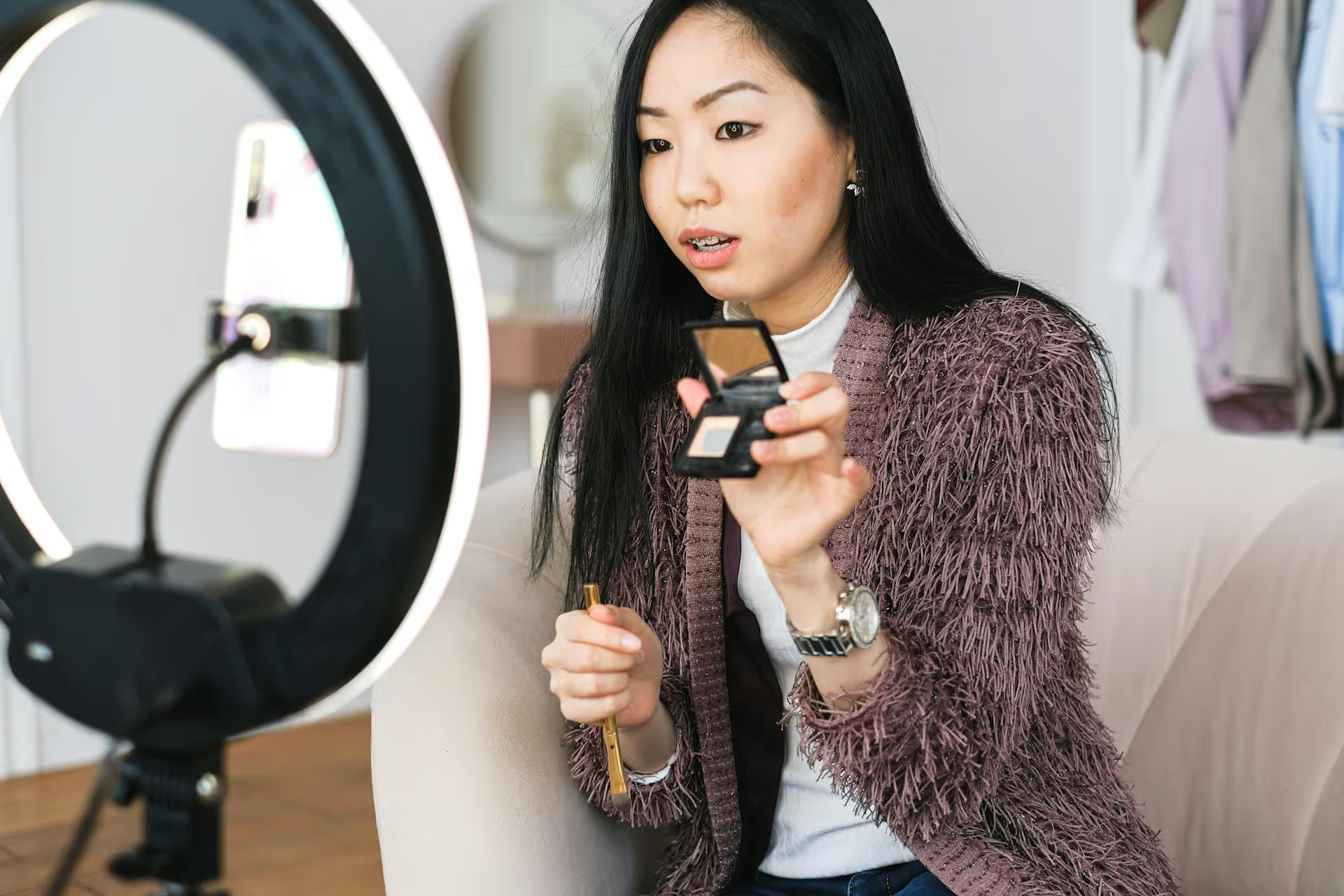How to Add Social Media Icons to an Email Signature
Enhance your email signature by adding social media icons. Discover step-by-step instructions to turn every email into a powerful marketing tool.

Adding a clickable link directly to your Facebook Story transforms it from a simple update into a powerful traffic driver. This guide walks you through exactly how to add a link sticker to your Story, shares strategies to get more taps, and offers creative ideas to get you started. We'll cover everything you need to know to start funneling your Facebook Story viewers to your website, blog, or product page.
Before getting into the how-to, it’s worth understanding why this feature is such a big deal. For years, social media marketers struggled with the "link in bio" shuffle, a clunky process that added friction for followers. The introduction of direct link sharing in Stories completely changed the game.
Facebook Stories are temporary, lasting only 24 hours, which creates a sense of urgency. This fleeting nature encourages immediate action from your audience. When you couple that with a clear, clickable link, you’ve got a direct pipeline connecting your most engaged followers to your most important content.
Here’s what that means in practice:
Essentially, the link sticker turns passive Story viewers into active participants, whether you want them to read, shop, sign up, or learn more.
Good news! When Facebook first rolled out this feature, it was limited to accounts with a certain number of followers or verified status. Thankfully, that’s no longer the case. Anyone with a Facebook account can now add a link to their story. The process is straightforward and only takes a few seconds. Let's walk through it.
Follow these simple steps to add your link sticker:
Just adding a link isn't enough, you need to convince people to tap it. Content on Stories moves fast, so your design and your message have to catch people's attention instantly. Here are some proven strategies to make your link stickers more effective.
Don't assume your audience knows what to do. You have to tell them! Your visual content combined with on-screen text should explicitly direct people to interact with the link sticker. Use commanding, action-oriented language.
Simple CTAs like "Swipe Up," "Tap to Shop," or "Click to Read" work because they eliminate guesswork and tell your audience exactly what the next step is.
Your beautiful Story content is wasted if the link sticker gets lost in the background. Position it in a place that is easy to see and tap. Use contrasting colors to make it pop, or place it in a clutter-free part of your image or video. Avoid placing it too close to the edges of the screen, as parts of the interface (like your username or the reply box) could obscure it on different devices.
People are more likely to click if they feel like they’re getting exclusive access to something valuable. Instead of just announcing your new product, create a Story that teases it first. Here's how:
Your background image or video is the hook. It needs to align with the destination of the link. If you’re linking to a new vegetarian recipe on your blog, your story should feature a mouth-watering shot of the finished dish, not a random selfie. The visual context sets expectations and makes the link more appealing and trustworthy.
How do you know if your Stories are actually working? You need to track your results. While Facebook provides some native analytics (like reach and impressions), you can get much more specific data on your link performance by using URL tracking.
Before you copy the link, add UTM parameters to it using a tool like Google's Campaign URL Builder. This allows you to see exactly how much traffic and how many clicks your Facebook Stories are generating in your Google Analytics account. For cleaner-looking URLs and basic click tracking, you can also use a link shortener like Bitly.
Feeling stuck? Here are a few practical examples of how different types of businesses and creators can use Facebook Story links to achieve their goals.
Adding a link to your Facebook Story is a simple, effective method for driving engagement and converting viewers into website visitors, leads, or customers. By moving beyond just posting the link and focusing on compelling CTAs and creative execution, you can turn your Stories into an indispensable part of your marketing strategy.
Of course, consistently creating great Stories is just one piece of a much larger content puzzle. Staying organized across multiple platforms, each with its own content demands like Reels, Shorts, and Stories, can get chaotic fast. At Postbase, we designed our visual content calendar specifically for the way social media works today. It lets you plan, schedule, and get a bird's-eye view of your entire strategy - including all your video content - so you can focus on creating what works instead of scrambling just to keep up.
Enhance your email signature by adding social media icons. Discover step-by-step instructions to turn every email into a powerful marketing tool.
Learn how to add your Etsy link to Pinterest and drive traffic to your shop. Discover strategies to create converting pins and turn browsers into customers.
Grant access to your Facebook Business Manager securely. Follow our step-by-step guide to add users and assign permissions without sharing your password.
Record clear audio for Instagram Reels with this guide. Learn actionable steps to create professional-sounding audio, using just your phone or upgraded gear.
Add translations to Instagram posts and connect globally. Learn manual techniques and discover Instagram's automatic translation features in this guide.
Optimize your Facebook Business Page for growth and sales with strategic tweaks. Learn to engage your community, create captivating content, and refine strategies.
Wrestling with social media? It doesn’t have to be this hard. Plan your content, schedule posts, respond to comments, and analyze performance — all in one simple, easy-to-use tool.